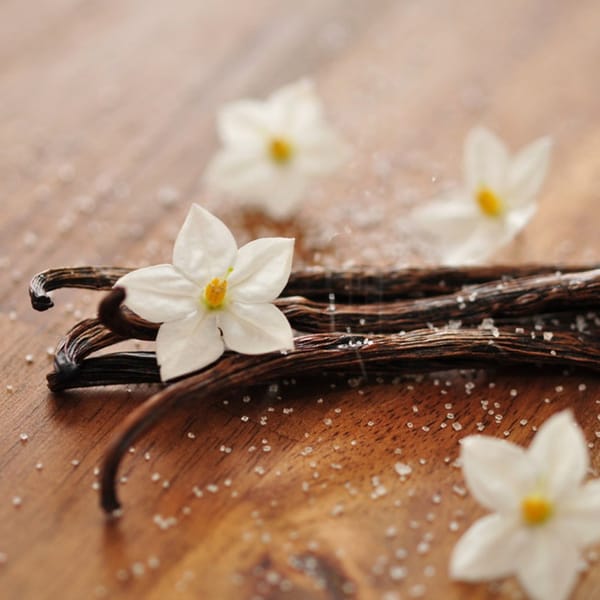This Week in Culture
The Freedom Monument Sculpture Park: An Immersive and Candid Look at Slavery
The Freedom Monument Sculpture Park is a new landmark that is expected to open in 2024 on a 70,000 square metre site in Montgomery, Alabama. The park has been built on the banks of the Alabama River, which was once a busy highway for the trafficking of enslaved people, making it one of the most active slave trading places in America. Visitors to the park arrive by boat via the river, retracing the footsteps of tens of thousands of Africans who were horrifically shipped, sold into slavery, and transported by rail in the 19th century.

The Alabama Sculpture Park aims to provide an enlightening and candid insight into the story of slavery and take visitors on a journey through the perils and atrocities of that time. The centrepiece of the park is a 13-metre-tall and 45-metre-long wall containing over 120,000 unique surnames documented in the 1870s that were chosen by four million emancipated African Americans after the Civil War. Alongside the wall, there will be 48 sculptures by 27 artists, set on a wooden landscape along a circular route. The park will also have 18 collected artifacts such as a whipping post and two plantation dwellings once inhabited by enslaved African Americans.
Bryan Stevenson, the founder and executive director of the Equal Justice Initiative, a human-rights organisation for inmates, played a crucial role in the creation of the Alabama Sculpture Park. He believes that the unique authenticity of the park will deepen the comprehension of the narrative that the sculptures depict by adding both geographical and visual contexts. Stevenson was also the creative inspiration for the National Memorial for Peace and Justice exhibition in Montgomery that first opened in 2018. The memorial is the first public space to reflect upon the horrific lynchings that terrorized African Americans, particularly in the South. The memorial is unlike any other: visitors walk along a path under thousands of coffin-like steel markers suspended in the air, each naming a victim and the county in which the crime took place. This visual display, provides a unique insight into the magnitude of the lynchings that took place in America while acknowledging the victims in a way that aims to humanize them.

The Legacy Museum, another immersive and eye-opening exhibit using films, sculptures, images, and first-person narratives, also depicts nearly the entirety of African American history, from slavery to segregation to mass incarceration of Black people in America today.
These exhibits attract nearly 40,000 visitors a month, and since their opening in 2018, several new hotels have opened in Montgomery. The Freedom Monument Sculpture Park hopes to achieve similar attendance, if not more, once it opens in 2024. According to Johnnetta Cole, president emerita of Spelman and Bennett colleges and director emerita of the Smithsonian’s National Museum of African Art, “No matter what our multiple identities are, it is a place that says to us, If we confront what has happened in the past, we have the possibility of collectively writing a different story in the future.”
Reviving History: The Parthenon Marbles Reveal Their True Colours.
The Parthenon marbles are admired for their white colour, but it has been known for a long time that the sculptures were once painted over with vibrant colours. Unfortunately, after millennia of weathering and rough handling, the paint has worn out. Until recently, evidence for the paintwork was merely elusive. However, a new examination of the sculptures was held by the British Museum, employing innovative scanning techniques.

The study used a technique known as visible-induced luminescence, which is an image processing made especially for delicate artifacts, and was adopted by Dr. Giovanni Verri, a conservation scientist at the Art Institute of Chicago who led the research team. When subjected to the scanning machine, the traces of Egyptian blue, a human-made pigment used by sculptures at the time, glowed a bright white. Researchers found that the paintwork contained vibrant and elaborate patterns. They also found different techniques that were implemented in the carving of the sculptures themselves. Subtly different techniques were used to represent different fabrics of the Olympic Gods’ gowns. Using different tools for carving wool and linen.
From Video Game Addicts to Online Gamblers: Over 850 People Referred to The National Centre for Gaming Disorders Clinic
More than 850 individuals have been referred to The National Centre for Gaming Disorders, a clinic that specialises in treating video game addiction, which saw its first patient in 2020, during the pandemic. Despite the seemingly harmless nature of video games, they have had a significant impact on people’s lives. The issue is especially prevalent among young people, who are vulnerable to the normalisation of gambling-like behaviours.

One of the primary concerns is the prevalence of built-in gambling-style features in video games, such as “loot boxes”. These features encourage players to spend money on randomised rewards, such as weapons or outfits for their characters. Unfortunately, players are not reimbursed if they do not receive their desired reward. Loot boxes have become increasingly popular, providing the gaming industry with a consistent source of revenue. It is estimated that the revenue generated by these loot boxes will reach 20 billion dollars by 2025.
According to Prof Henrietta Bowden-Jones, the founder and director of the NCGD, the monetization of gambling-like features is causing an increase in gambling behaviours among young people. She suggests that protective regulations should be implemented to prevent harm to vulnerable individuals. Some countries, such as the Netherlands, Australia and Belgium, have already taken steps in this direction by classifying loot boxes as gambling. The Gambling Commission has also taken measures against third-party firms that allow digital rewards or items from loot boxes to be used as currency for betting.



